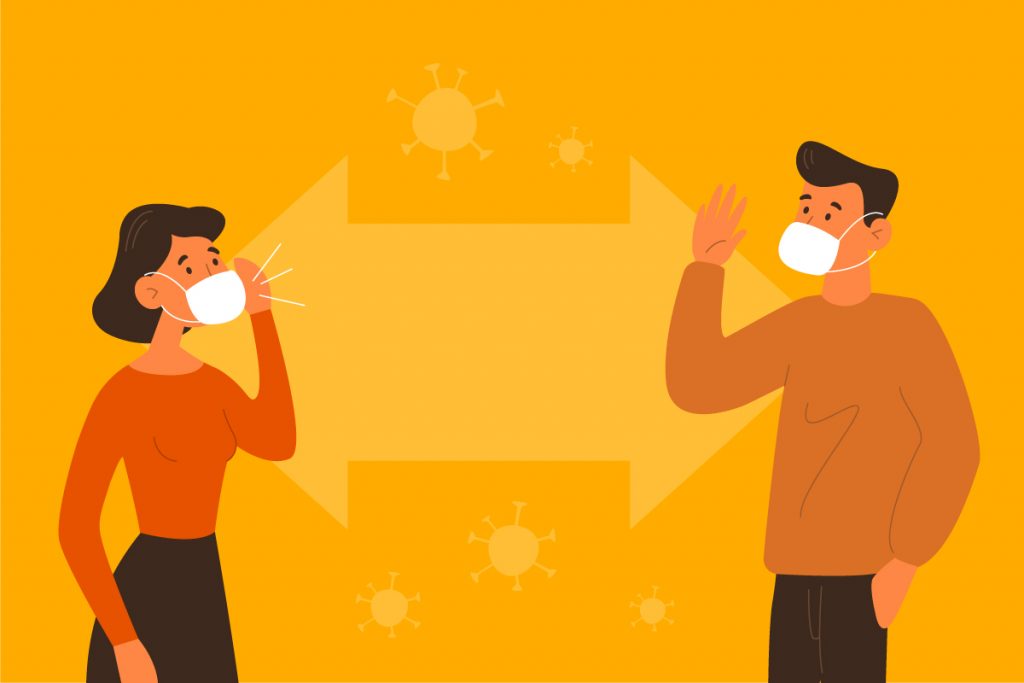What can be open
- All retail stores, malls and other businesses that sell, rent, maintain and repair goods can be open beginning on Monday, May 18 as long as they:
- Have adopted and implemented a COVID-19 Preparedness Plan, including social distancing guidelines for workers and customers
- Allow no more than 50% of the establishment’s occupant capacity inside at any time
- In addition, all industrial and office-based settings that have previously been allowed to reopen can continue operations and are also permitted to open co-located retail facilities following the same restrictions identified in Executive Order 20-56.
- Other types of businesses that can reopen or engage in commerce under Executive Order 20-56 include household services (such as house cleaning, piano tuning, and auto detailing), drive-in activities where people remain in their vehicles (including movies, music or comedy), and photography and videography. Please consult this guidance for the most comprehensive list of industries and allowed activities.
What cannot be open yet
- Barber shops, hair and nail salons, tattoo parlors, spas and massage settings and other businesses that require prolonged close physical contact between people pose a higher risk for spreading COVID-19 and are still prohibited from providing in-person services. These establishments can continue to provide curbside or outdoor pickup or delivery of retail goods.
- Restaurants and bars remain limited to curbside or outdoor pickup and delivery; in-person dining anywhere on the business premises is still prohibited.
- Gyms and fitness studios are still prohibited from opening.
- Other places of public amusement, such as museums, zoos, concerts, race tracks, auctions, bowling alleys and indoor event venues are still prohibited from opening.
Why can’t these businesses be open yet?
- Based on what we know at this point about COVID-19, there are two primary ways you can pick up the infection:
- Touching a contaminated surface and then touching your eyes, nose or mouth. You can prevent this from happening by washing your hands with warm, soapy water for at least 20 seconds, and by not touching your eyes, nose or mouth when you haven’t washed your hands.
- Coming into close contact with a person who has COVID-19. There are key factors to this type of transmission: How close you are to another person and how long you are in close proximity to another person. Another issue is how predicable the setting is regarding maintaining social distancing. We are considering these factors as we turn the dials and allow more businesses to reopen.
- Businesses such as hair and nail salons, tattoo parlors, and spa and massage settings require prolonged close physical contact and pose a higher risk for spreading COVID-19.
- Restaurants, bars, gyms, and other places of public amusement present similar heightened risks because of the prolonged time that people are within close proximity to others and the more unpredictable natures of the environments.
- We are working closely with businesses, industry groups, labor organizations and public health professionals to outline clear and detailed health and safety guidelines to allow these types of businesses to reopen in some capacity soon.
Examples of what you can do
- Allow customers to enter a retail store or establishment for in-person shopping, as long as you have a COVID-19 Preparedness Plan in place and are operating in accordance with your plan, including operating below 50% occupant capacity.
- Follow all CDC, MDH and OSHA guidance including maintaining regular store cleaning and frequent high touch disinfecting, effectively implementing social distancing and hand-washing/sanitizing practices for workers and customers inside the store.
- Allow customer to pick up purchases made in advance online or via telephone and paid electronically or using other means at the time of order, whenever possible.
- Businesses are encouraged to continue providing this option for customers who may not be comfortable entering a store.
- Interact with co-workers and customers while maintaining appropriate social distancing.
- Conduct virtual meetings with co-workers, customers and suppliers.
- Work at workstations as long as there is adequate space between workers and customers.
- Follow the business’s plan for social distancing.
Examples of what you can’t do
- Operate above 50% occupant capacity inside a retail store or establishment.
- Allow workers and customers to congregate in rooms that don’t allow social distancing.
- Allow co-workers and customers to not engage in social distancing.
- Fail to require regular hand washing/sanitizing by workers and customers
- Fail to perform regular cleaning of store or establishment and frequent disinfection of high-touch surfaces, equipment and tools.
What about Critical Workers/Sectors?
Executive Order 20-56 makes no changes to the definitions of Critical Workers/Sectors from Governor Walz’s previous orders. Critical Sectors can be open, as they were before this order. Critical Sectors are required to comply with CDC and MDH COVID-19 Guidelines and OSHA standards on COVID-19. Please review the Critical Sectors guidance for information and clarifications about what workers are considered Critical Sector.
What if I need more information?
First, please review the Critical Sectors guidance for information and clarifications about what workers are considered Critical Sector.
If you still have a question about whether your business can currently be operating in Minnesota, you can email CriticalSectors@state.mn.us.
If you have additional questions about Safely Returning to Work, please use this form.
For Businesses: Safely Returning to Work
Governor Tim Walz and state agencies including the Department of Employment and Economic Development, Department of Health, and Department of Labor and Industry are working together to gradually allow more businesses to reopen, serve customers, and safely return Minnesotans to work.
Effective May 18, 2020:
- All retail stores, malls and other businesses that sell, rent, maintain and repair goods can reopen for in-person sales as long as they:
- Have adopted and implemented a COVID-19 Preparedness Plan, including social distancing guidelines for workers and customers
- Allow no more than 50% of the establishment’s occupant capacity inside at any time
- All businesses that have been allowed to reopen under previous Executive Orders, including Critical Sector businesses and non-Critical Sector industrial and office-based businesses, can continue operations.
- Industrial or manufacturing businesses can also reopen co-located retail facilities as long as they also follow the restrictions outlined in Executive Order 20-56.
- Critical Sector businesses that were never closed can continue to operate under the guidance in Executive Order 20-48.
All workers who are able to work from home should continue to do so.
- Can my business be open? Review the guidance
- If you have additional questions about returning to work, submit your questions
- COVID-19 Preparedness Plan template – MS Word | PDF
- Guidance on Reopening Customer Facing Businesses [Minnesota Retailers Association]
- MNOSHA COVID-19 Health and Safety Guidelines
- CDC Frequently Asked Questions for Business
- Financial assistance for businesses affected by COVID-19



